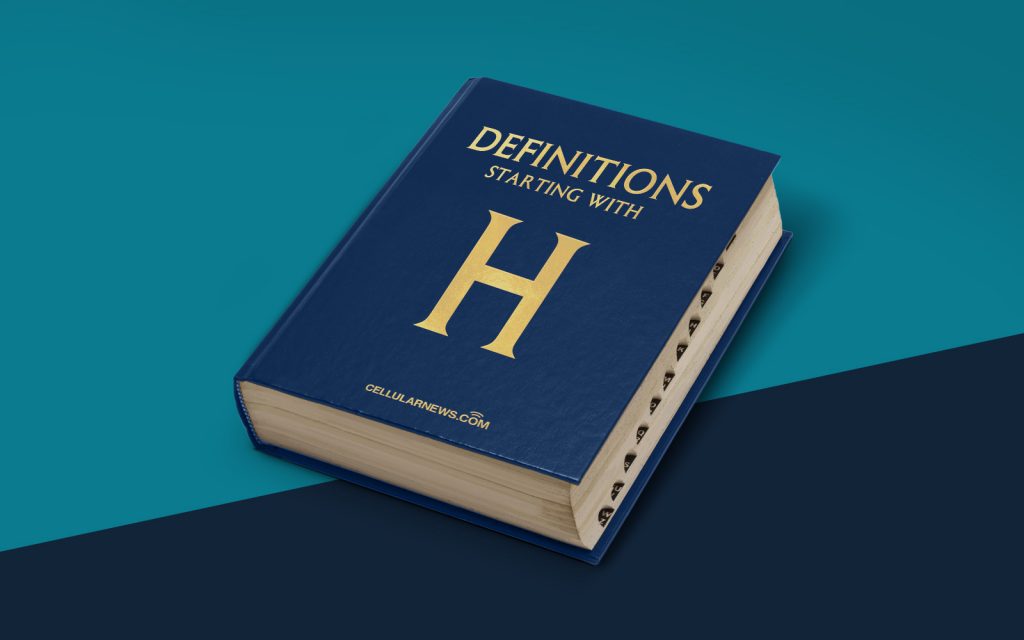
What is Hue?
In the world of color theory, hue is a term that refers to the specific wavelength of light that a color emits.
When we look at a color wheel, hues are the purest form of colors. They represent the basic building blocks from which all other colors are created. It’s like the DNA of color – the fundamental element that gives each color its unique identity.
So, what exactly does hue mean? Let’s explore further.
Key Takeaways:
- Hue refers to the specific wavelength of light that a color emits.
- Hues are the purest form of colors and serve as the building blocks for all other colors.
The Spectrum of Hues
In nature, light can be broken down into a spectrum of colors. This spectrum is commonly represented by a color wheel, which organizes hues in a circular pattern.
The primary hues found on a color wheel are red, yellow, and blue. These hues cannot be created by mixing other colors together. Instead, they are the basis from which all other colors are achieved.
When we mix the primary hues together, they give rise to secondary hues. For example, mixing red and yellow creates orange, while mixing yellow and blue yields green. These secondary hues sit between their corresponding primary hues on the color wheel.
Continuing this process of mixing, we can create tertiary hues. Tertiary hues are obtained by combining a primary hue with a secondary hue. This allows for a wide variety of colors to be formed, each with its own distinct hue.
Understanding Hue in Design and Communication
Hue plays a crucial role in various aspects of design, as it has the power to evoke specific emotions and convey messages. Different hues can create different moods and associations, influencing how people perceive and interpret visuals.
In branding and marketing, for instance, hue selection is critical. Companies often choose hues that align with their brand’s personality and values. Warm hues like red and orange can signify energy and excitement, while cool hues like blue and green can invoke feelings of calmness and trust.
It’s also important to note that cultural and personal experiences can influence how hues are interpreted. What might be seen as a positive hue in one culture could have a negative connotation in another. Designers and communicators need to be mindful of these variations to effectively convey their desired messages.
Key Takeaways:
- Hue selection in design can evoke specific emotions and convey messages.
- Cultural and personal experiences can impact how hues are interpreted.
Wrapping Up
In conclusion, hue is a fundamental concept in color theory, representing the specific wavelength of light emitted by a color. It forms the basis of all colors and serves as a powerful tool in design and communication.
Understanding hues and their associations can help designers and communicators create visuals that resonate with their audience and effectively convey their message. So, the next time you’re working with colors, remember the power of hue!
